For the past few weeks we have been learning about 3-dimensional figures.
We set out a few different provocations to have students reflect on both 2D (flat) and 3D (fat) shapes through hands-on activities (picture coming soon!). We concentrate primarily on 6 of the 3D figures (cube, cone, cylinder, sphere, rectangular prism, pyramid) but we always have other figures out in our activities for students to explore.
There are a couple of math resources that are my absolute favourites! If you haven't already read them, you should consider it (I have read and re-read them many times!).
I have had some people e-mail me asking where I bought the different 3D figures I use.
These smaller plastic ones are from Wintergreen Learning and they are, by far, my very favourite to use! They are perfect to play games with and leave out for students to explore (see below).
I also like these larger foam 3D figures. These are from Scholastic Canada - if you have bonus coupons I would suggest using them to purchase several of these sets (you can't have enough!)
I also like to read this book to the students and having them think about 3D figures in our classroom.
It's a great book to explain the concept of 3D figures that can roll, slide or do both!
The we test the theories of the children by using ramps and foam solids.
We also begin a co-constructed anchor chart together and learn how to describe each figure.
This song by Harry Kindergarten is catchy and definitely a favourite in our class! The students asked for it again and again!
Once the children are comfortable with identifying 3D figures in the world, we send a parent letter home asking to send in items from home (recyclables are the best!) so that the students can sort them out. We put them all in our sensory bin and students sorted them on the shelves behind.
We sing this song during whole group learning time to review the names of the shapes.
I hand out 6 of the 3D figures we are learning about (cube, sphere, rectangular prism, pyramid, cone, cylinder) to some students. If they are holding the figure that I sing about they have to stand up.
They love it!
In addition to these fun songs, we read a book based on the well-known poem about 3D figures.
I turned this poem into a larger teacher book and read it with the students.
Then the students could make their own smaller books based on the predictable sentences...."A ___ is like a ___."
I made this teacher book (seen below in colour) as a flip book, meaning that a few clues are given and the students have to guess the figure hiding under the flap.
The students enjoyed this riddle book so much that we invited them to create their own lift-the-flap riddles!
In small groups, I like to play the game "What's in My Bag?" I use the smaller plastic shapes and put a whole bunch in a bag. You can play this in various ways:
* Have a student reach into the bag. Before pulling out the 3D figure, he/she must describe it and record their guess on the worksheet shown below (I have various worksheets based on the level the students are at. Placing them in a sheet protector is the easiest so we can just wipe clean and start again!)
* Same idea as above but you play with a friend and have that person guess what 3D figure it is.
We had students use these clip cards to identify shapes and they could easily self-correct as there was a star on the back.
Note: I realized after printing that there was a picture of a tent instead of a teepee and it has since been corrected.*
At one of the smaller provocation tables in the class, we set out this question, "Can you build a tower using 3D figures?" I also included smaller 3D figure clip art so that students could document their creations.
Here's another provocation we set out:
"Can you build it?"
Students choose a card and, using the small 3-D figures, try to build it! They must figure out if they are able to build it or not.
This made for an excellent assessment tool!
Students could explain why or why not using language such as:
"The tower won't stay if the sphere is at the bottom because it makes everything roll off of it." A.D.
"The rectangular prism is the best to start a tower because it can stack both ways!" M.S.
"The cone is good on the top. It's like a real castle. They have points on top!" O.S.
"This one won't work - it started with a cone on the bottom and you can't put anything on top because it has a point and nothing stays on the point." G.A.
We added these to our pocket chart and had students build simple sight word sentences using 3D shapes and examples.
My students love playing games - they never turn down an opportunity to join a small group if there's a fun game I have introduced! So I created "Capture 6" - a game played similarly to the well-known game Capture 4 but you have to cover 6 spots next to each other on your game board to win (forming a rectangle). They loved this game!
Here's another game we played - this time as a whole group...
You might have seen these before - it's called "I have...who has..."
Students say "I have..." and they say the colour and 3-D figure they see on their card and say "Who has..." and says the bottom icon (i.e. purple cone). The student who has that figure (i.e. purple cone) is next. The game continues until it gets back to the person who started.
You can find all of the above (and more!) in my 3-D Figures (Hands-On Games and Activities) pack on TpT if you are interested.
(Click on any of the pictures to take you there.)












































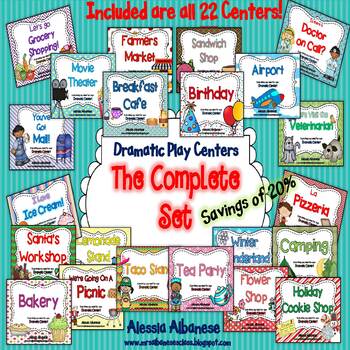
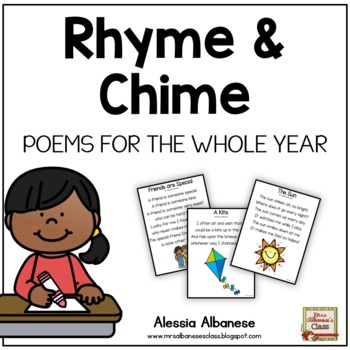
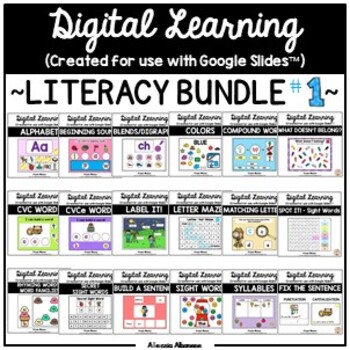
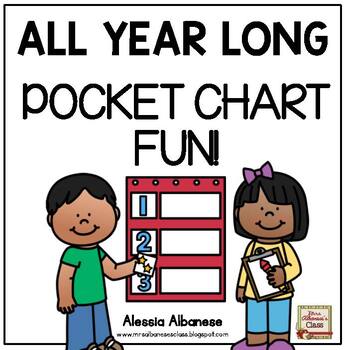

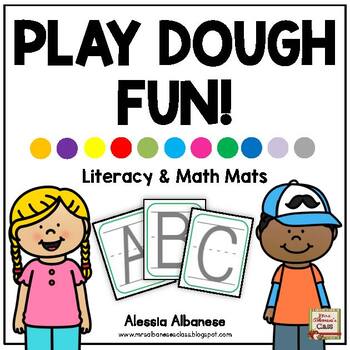

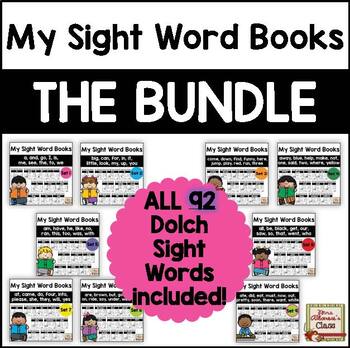

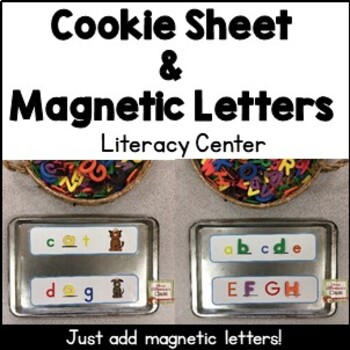

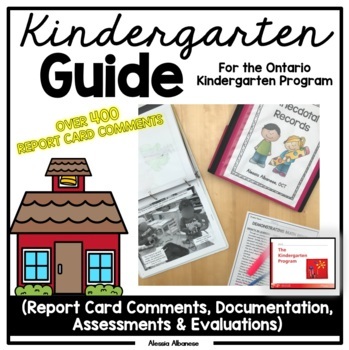




No comments
Thank you for visiting my site today. I love to hear comments and questions. If you read something that you want me to discuss with you via email, you can use the comment form at the top of my page.